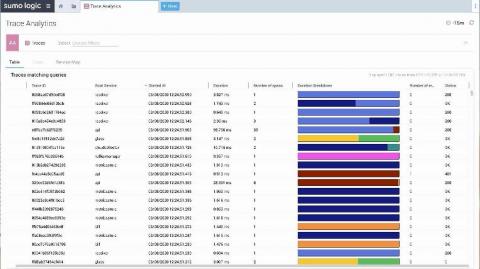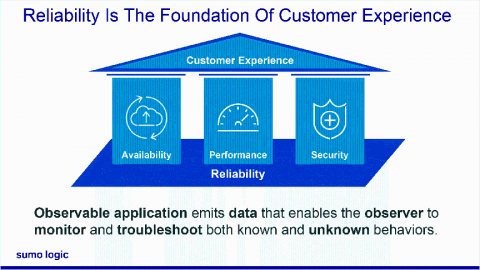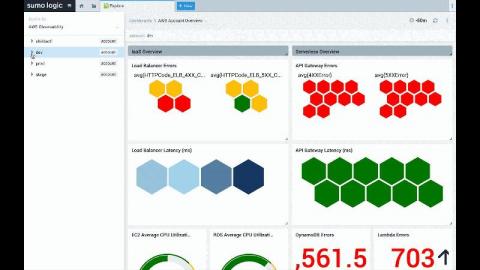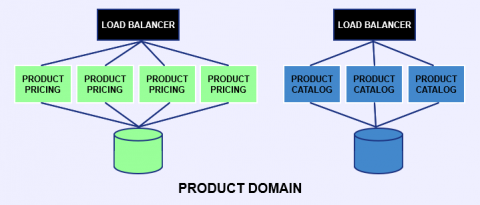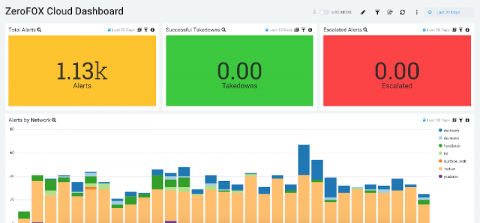Detecting Windows Persistence
Persistence is effectively the ability of the attacker to maintain access to a compromised host through intermittent network access, system reboots, and (to a certain degree) remediation activities. The ability of an attacker to compromise a system or network and successfully carry out their objectives typically relies on their ability to maintain some sort of persistence on the target system/network.



